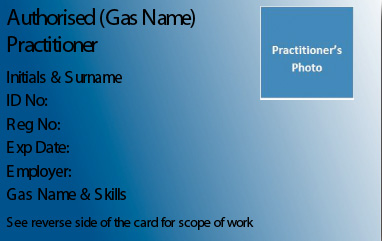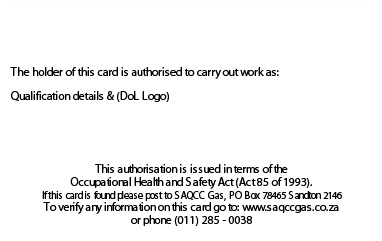Precautions you can take when working with gas
The word ‘gas’ can be used to describe the physical state of many substances however, the following guidance focuses specifically on the safe use of gas as a fuel in the workplace. It is commonly used as a fuel for heating, cooking, welding, cutting and for processing products. Anywhere a flame is needed.
Common gas-related hazards
Gas can be supplied from the mains supply or a storage tank. It can also be supplied from smaller portable cylinders used close to the work site. Types of gas commonly used in the workplace, include
- natural gas
- liquefied petroleum gas (LPG)
- LPG autogas (LPGA)
- medical gases
- methane
There are a number of risks when using gas such as explosion from damaged, overheated or poorly maintained cylinders, pipes equipment or appliances. There is also the risk of carbon monoxide poisoning and burns caused by contact with flame or hot surfaces.
Carbon monoxide poisoning
When gas does not burn properly, or is used in an area without adequate ventilation, it produces excess carbon monoxide (CO) which is a colourless and odourless gas. This can happen regardless of the type of gas being burned, whether from cylinders or a mains supply.
When inhaled, carbon monoxide binds with the haemoglobin in the blood and reduces the blood’s ability to carry oxygen. This can result in death.
There is a risk of carbon monoxide poisoning where
- there is not adequate ventilation in the room where the appliance is located
- a flue or chimney is blocked and cannot vent the system properly
- an appliance has not been fitted and regularly maintained by a competent person.
Carbon monoxide poisoning can kill within a matter of hours so it is important to be aware of the risk and symptoms. These include
- tiredness
- drowsiness
- headaches
- nausea
- chest and stomach pain
Gas leaks
As pipes can be buried in the ground, located below floors or in wall and ceiling voids, poor maintenance can lead to leaks and buildup of gas. This increases the risk of an explosion.
If you think you have a gas leak, you should
- remove everyone from the area
- switch off the gas at the mains or supply – do not enter cellars or go below ground to do this
- extinguish naked flames and sparks – but do not turn off lights as it can create a spark
- open all windows and doors
- use a phone outside the property to contact the Emergency Services
- contact your local gas supplier
You should not
- use any electrical equipment
- switch lights on or off
- enter cellars or go into confined spaces below ground
- light matches or have naked flames
Carry out a risk assessment
Remember to include gas usage and storage in your risk assessment. This will help you identify potential hazards and controls that need to be put in place.
















